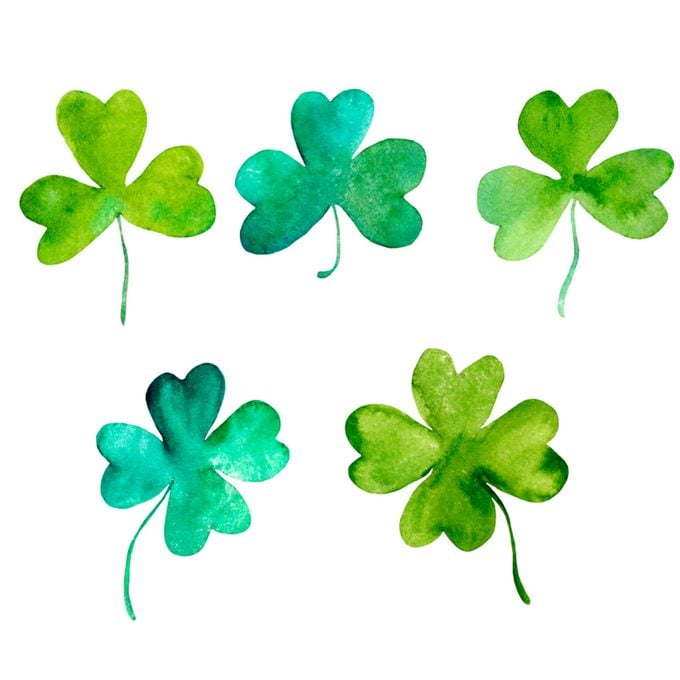What’s the Difference Between Shamrock and Four-Leaf Clover?
Updated: May 24, 2023
We want to clear up any confusion about the difference between the two so you can celebrate this weekend’s holiday accurately!

Shamrocks have been a national symbol of Ireland for centuries and while every March 17th, St. Patrick’s Day revelers in the U.S. dress up in their green garb to watch parades and sip green drinks, too often they’re donning four-leaf clovers instead of shamrocks. We want to clear up any confusion about the difference between the two so you can celebrate the holiday accurately!
The History and The Legend
The old tale goes like this: St. Patrick used the abundant shamrock of the Emerald Isle to explain the holy trinity (Father, Son and Holy Spirit) in his work to convert Irish people to Christianity. And, even before St. Patrick popularized the shamrock (or, some would say that later writers and botanists popularized the tale of St. Patrick and the shamrocks), Druids used them for medicinal purposes. No matter how you look at the history, shamrocks have been a core part of Irish history and heritage for centuries and will remain a popular symbol for the foreseeable future. A four-leaf clover, on the other hand, is considered a good-luck token simply because it’s such a rare find. In some narratives, it’s the leaf of luck while the other three symbolize faith, hope and love. So, to be clear, the difference between a shamrock and four-leaf clover: the four-leaf clover is a charm of luck any time of year but it is not representative of Irish tradition and St. Patrick’s Day. For the Irish, it’s all about the shamrocks!
If you’re interested in good luck plants, then add one of these 12 to your home!
Make your garden pop this year with one of these 10 inexpensive plants.
The Science
Shamrock, or “seamrag” in Gaelic, means “little clover” which is so fitting because shamrocks and flour-leaf clovers belong to the white clover plant family (although there is debate in the botanist community about which plant family shamrocks truly belong to.) You can easily spot the difference between the two because shamrocks have three leaves (or leaflets, technically) while four-leaf clovers have, obviously, four leaflets. It takes a rare genetic mutation to get that extra leaf which is why it’s so difficult to find a four-leaf clover. Research places the difficulty at 1/10,000, so if you’re trying to find one of your own, you’re going to need to scan an area of about 1.2m² (roughly the size of an office desk) according to Scientific American’s editor Eric R. Olson. Good luck!
These 37 plants are bad news and shouldn’t be planted in your garden!
Control pests this summer by planting one of 11 these pest-control plants.
